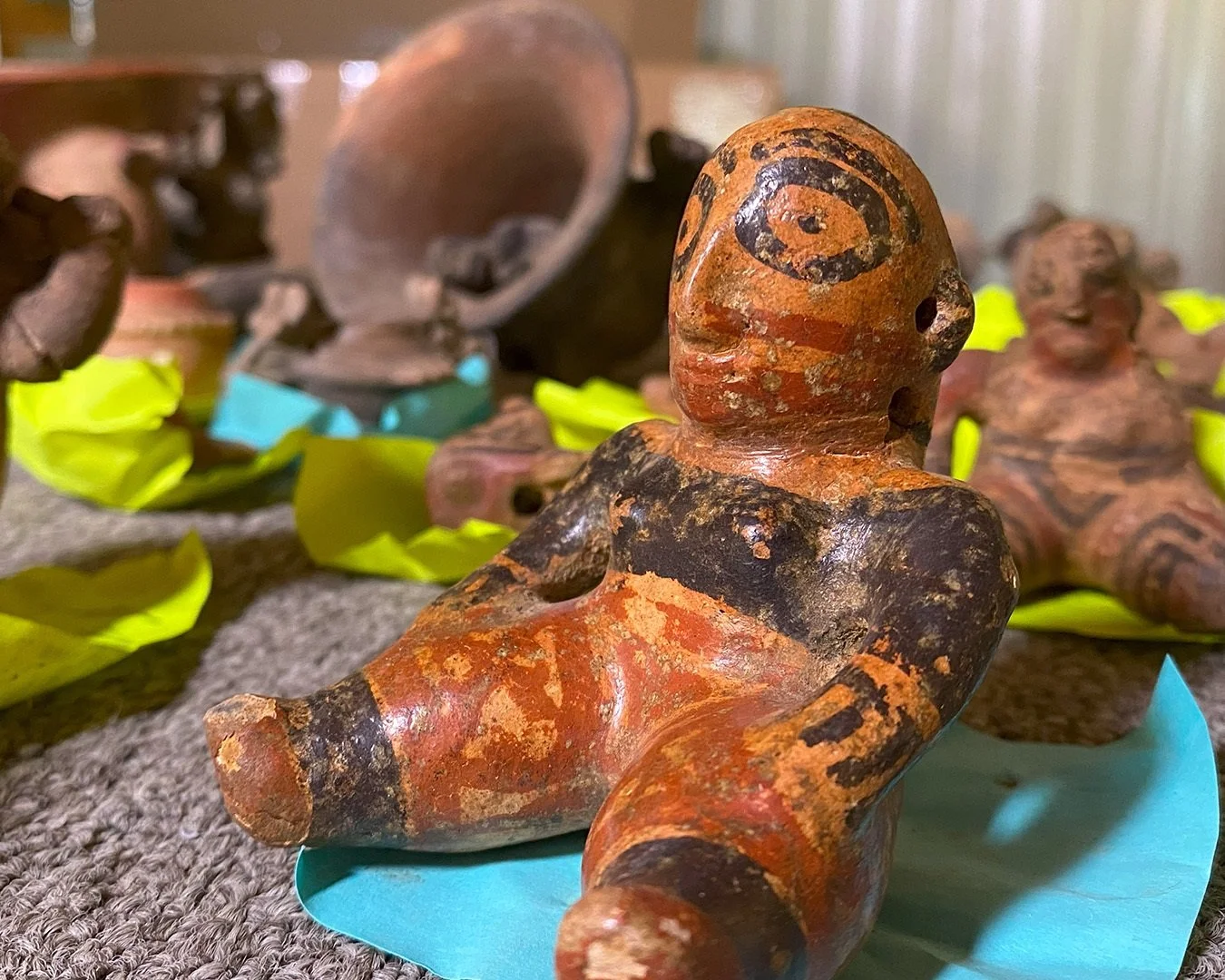395 pre-Columbian artefacts have been repatriated to Costa Rica thanks to a grant by the United States Embassy to the Cultural Agreements Fund.
Among the objects repatriated is a stone sphere from the Diquís culture, an extinct people that emerged in the Valley of the Rio Grande de Térraba and produced over 300 stone petrospheres (also know as Diquís Spheres).
Between AD 800 to 1500, the Diquís civilisation reached its apex and developed complex settlements on the small island of Isla del Caño and the Diquís Delta in Costa Rica.
Stone spheres of up to two metres in diameter were placed in alignments in public plazas, or along the approach to the dwellings of the ruling elite/chieftains.

Since 2005, the National Museum of Costa Rica has developed the project “Archaeological investigations in sites with stone spheres, Delta del Diquís” aimed at the study of the pre-Columbian occupation of the delta, focusing particularly on archaeological sites with the presence of stone spheres.
According to the National Museum of Costa Rica, the repatriated sphere measures 65 centimetres in diameter and is likely made from gabbro, a phaneritic (coarse-grained) mafic intrusive igneous rock.
Also repatriated are ceramics with representations of animals and humans, metates that were used for ceremonies or to prepare food, stone tools, polychrome vessels, and precious seals and stones worn by various pre-Columbian cultures.
Cynthia Telles, United States Ambassador to Costa Rica, said: “Our two nations share a common belief about the importance of preserving and celebrating our unique histories. We recognise the value of these pieces as more than just objects, because they are an integral part of the identity of the Costa Rican people.”
Header Image Credit : National Museum of Costa Rica
Sources : National Museum of Costa Rica





